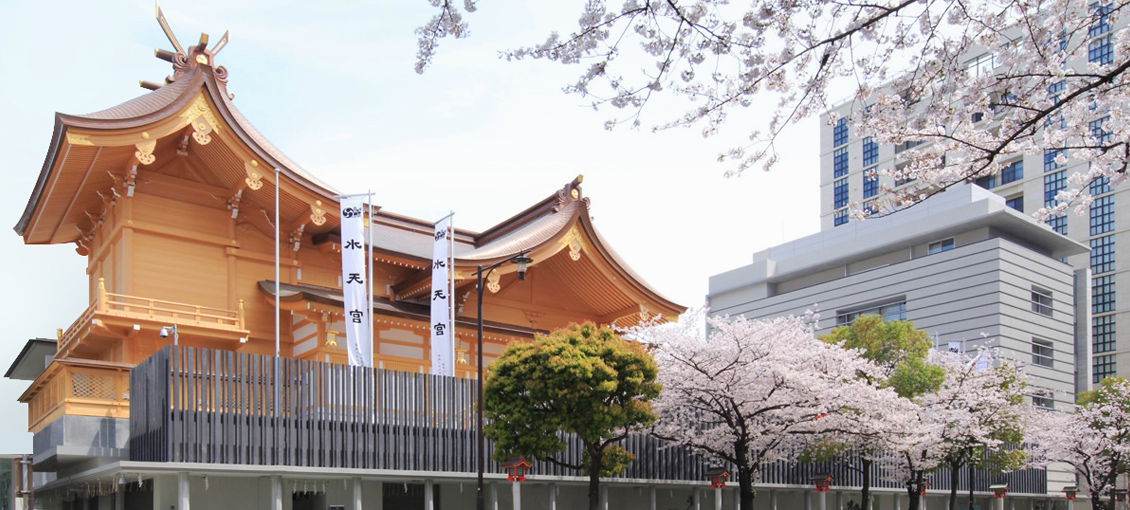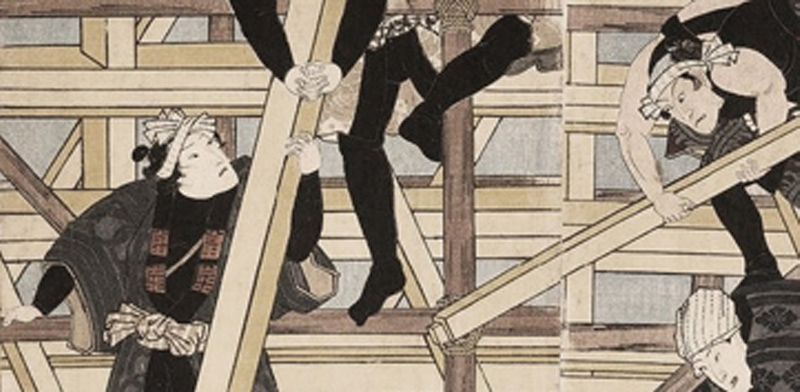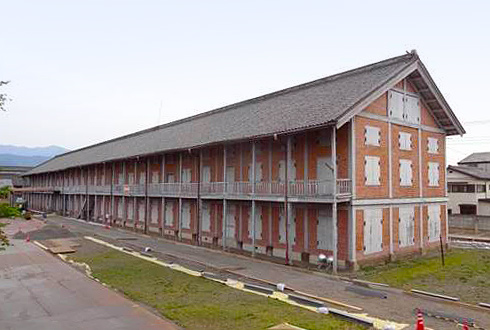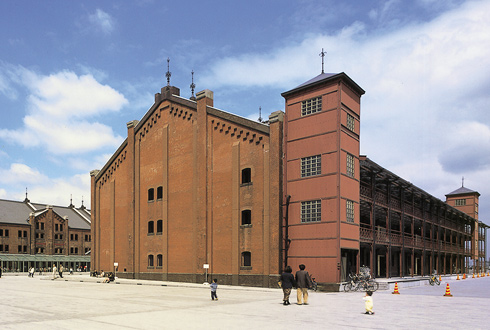Traditional Architecture & Historical Building

For Takenaka, every work should be a Works Principle, a cultural asset to be passed on to future generations. It is this philosophy that is the basis for our “design-build” method that integrates the art of the architecture and the expertise of the engineer, a tradition now 400 years old.

We began building shrines and temples the early Edo period. Today we still design, build and restore traditional architecture such as shrines and temples, taking advantage of our isolation and seismic control techniques.
Every Takenaka person from our architects to our workers in the field, in every office from main to branch offices, on site and off has a commitment to our heritage. Our work constructing, repairing and restoring traditional Japanese buildings not only contributes to Japanese society but allows us to hand down time honored skills and craftsmanship to future generations.,
As a general design-build contractor, we are proud of our leadership role in this field of historic architecture)
Also our precise structural analysis technology allows us to see how wooden structures will react in various situations prior to use. Our advanced technologies in isolation and seismic control have been applied to traditional Japanese architecture, winning high praise.
- What is design-build
In traditional Japanese architecture, the Master Builder or Toryo—was responsible for all aspects of construction from planning and design to actual construction, maintenance and repairs. This spirit has been constantly passed down over generations. Takenaka is now regarded as the leading proponent of design-build in Japan.
The Conservation of Historic Buildings
Repair and Design: The Japanese Association for the Conservation of Architectural Monuments
(2015 Tomioka city, Gunma)
Tomioka Silk Mill was the first mechanized silk-reel factory in Japan during Japanese modernization in the Meiji Era. The West Cocoon Warehouse is constructed of timber and brick and was designated as a World Heritage site in 2014. Restoration required it to entirely disassembled, then reassembled.
In Japan, we use what we call a “traveling construction method” installing scaffolding and a temporary roof. We also construct facilities for visitors.

Restoration of Historical Buildings

Takenaka faithfully restored a large brick building designed by Josiah Conder—a British architect, who is known as one of the fathers of modern Japanese architecture, paying scrupulous attention to the use of original materials and construction methods. We restored the building’s interior components such as stone window frames, staircases and mantelpieces. The building now has a green zone and sits between a high-rise office building and the low-rise commercial ward. It is used as a museum.
Restoration of Historical Buildings
(Preservation and restoration)
Design: Chiaki Arai Urban and Architecture Design
(2002 Yokohama city, Kanagawa)
Building No.1 is a cultural facility, promoting the concept of Yokohama Port as a place of culture and prosperity. Building No.2 is a commercial facility, a place for recreation and people to get together, with facilities for food and eating.

